News
Regaldive Trip Report: Sudan Liveaboard
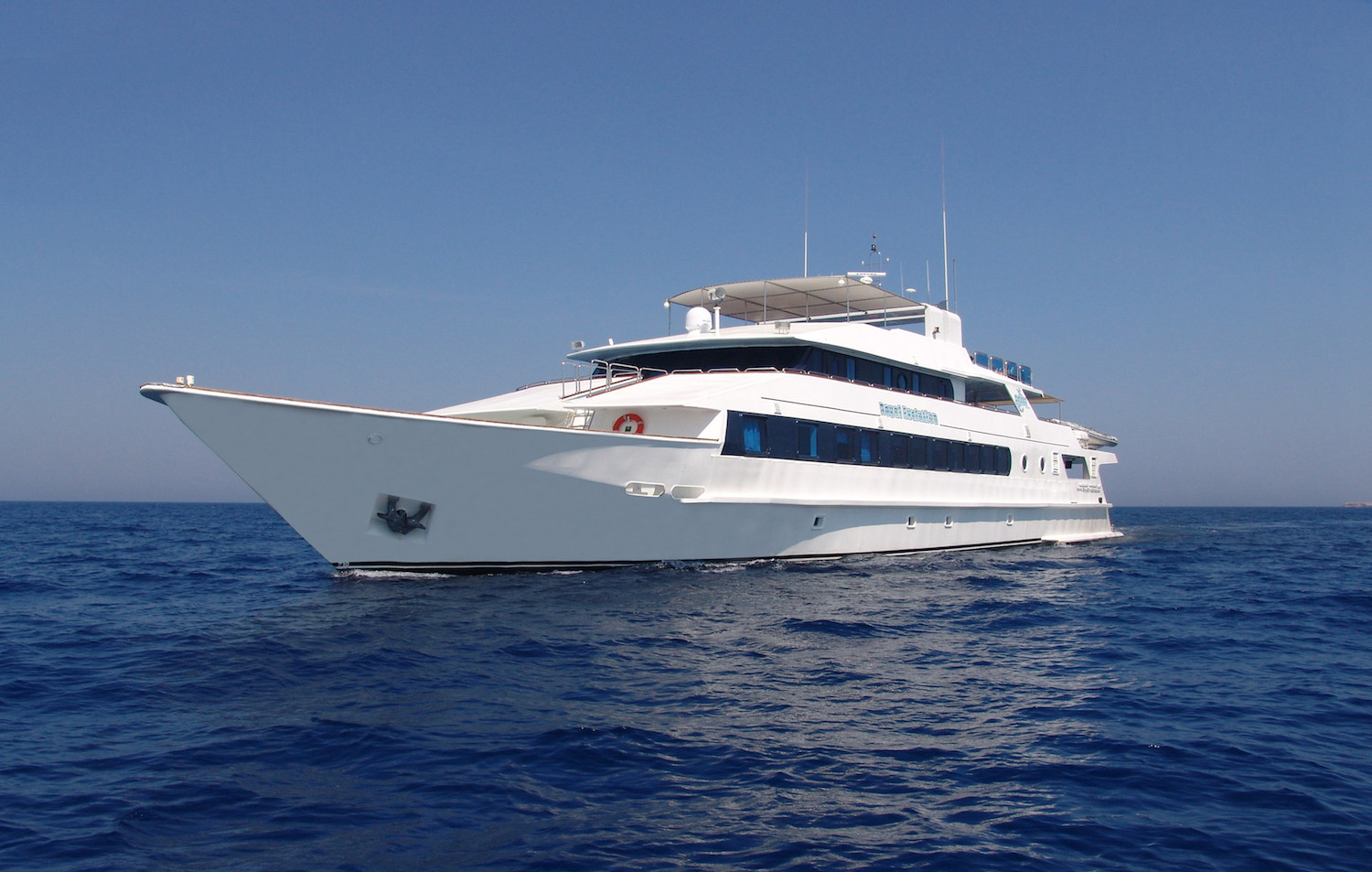
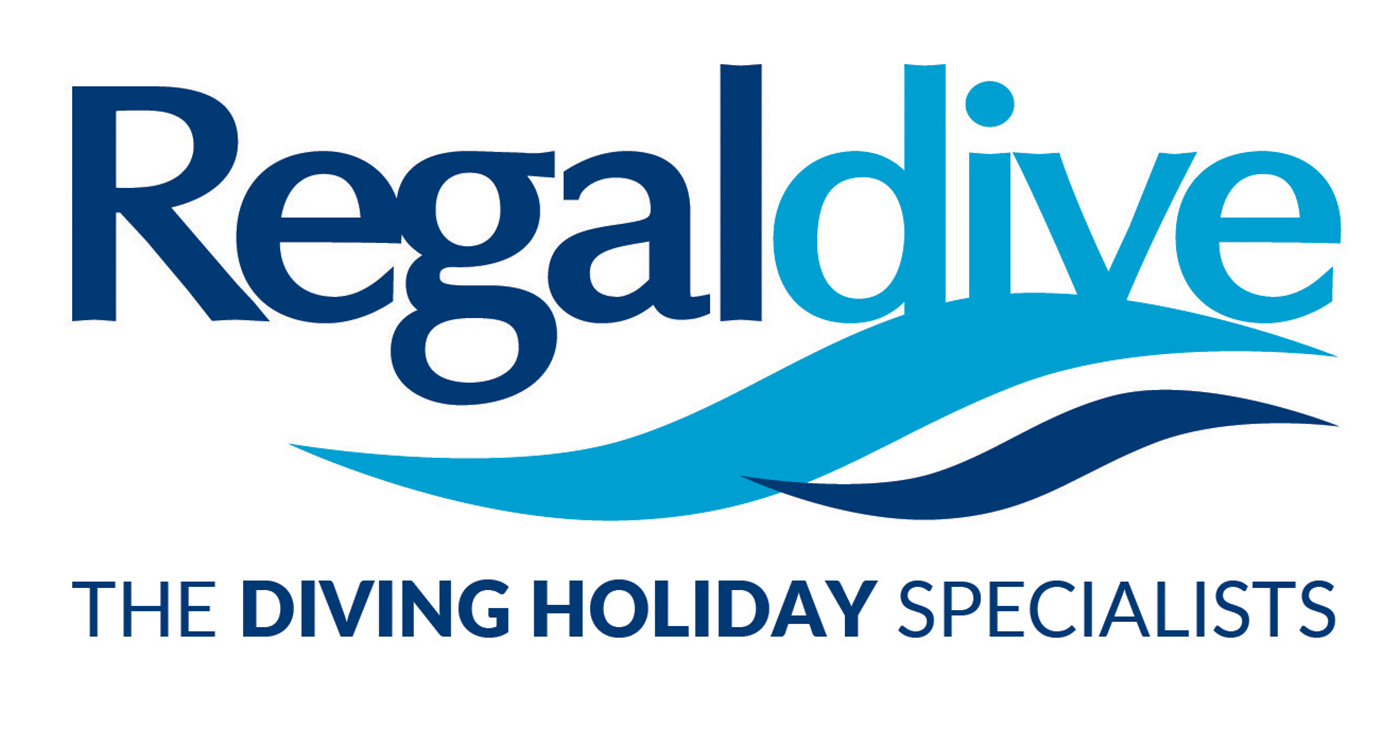 Nigel Cass from Regaldive recently enjoyed an exciting Sudan liveaboard trip aboard Royal Evolution. Here is Nigel’s trip report sharing some of the many highlights from what sounds like a simply fabulous trip…
Nigel Cass from Regaldive recently enjoyed an exciting Sudan liveaboard trip aboard Royal Evolution. Here is Nigel’s trip report sharing some of the many highlights from what sounds like a simply fabulous trip…
I had wanted to do this trip for years, but the timing was never quite right. Therefore when my partner and I finally booked our 14-night trip, the prospect of diving unchartered or rarely dived sites in Sudan, finally seeing hammerhead sharks, visiting the wreck of the Umbria, Cousteau’s Conshelf II underwater project and Sanganeb lighthouse kept me in daydreams for months.
The day finally arrived and we set off early (very early!) from our home in Derby to Gatwick. Never a pleasant journey, but we gritted our teeth and kept all thoughts positive with talk of the impending trip.
Following an uneventful flight to Marsa Alam airport we were transferred to Marina Lodge, where we would spend our first night before boarding the mighty Royal Evolution the following evening. During the evening we met up with some other Brits who had flown in on the same flight and shared a few beers and some banter about everyone’s salty diving tales.
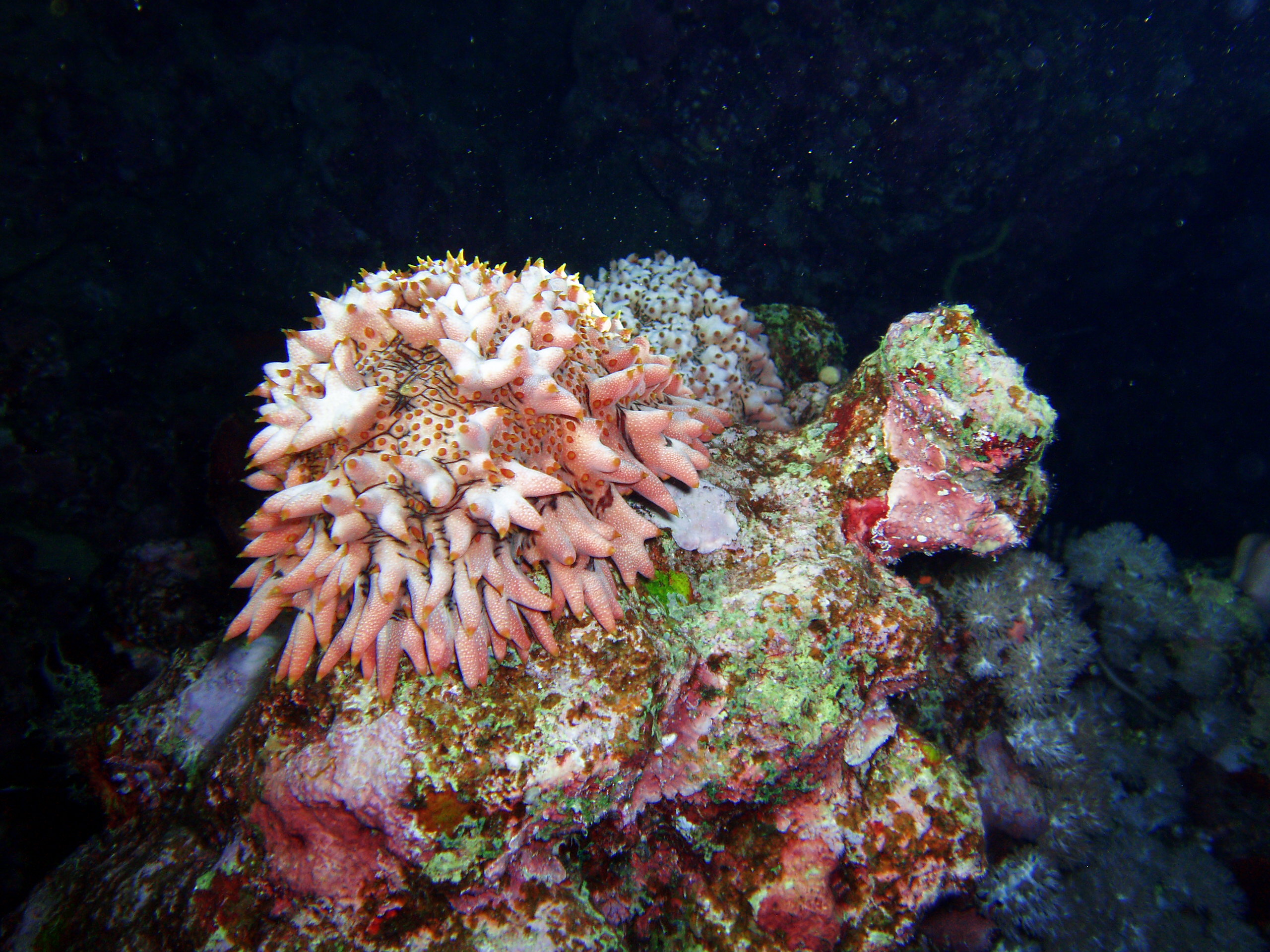
Photo: Caroline Albrecht
The following day was spent mooching around Port Ghalib, just passing the time until we would be collected by the Royal Evolution team and transferred to the boat.
Boarding the boat was a little more complicated than the usual liveaboard process on account of the boat leaving Egyptian waters. Therefore, guests couldn’t initially put anything in their cabins, as we needed to take everything through the customs office at the port and have our passports stamped. Because of the speed that officialdom moves in certain parts of the world there was a lot of hanging around while we waited until the Customs Officials arrived and were ready to process our departures. The waiting time was spent by chatting to the other guests and Dive Guides, and finalising the admin for the trip, including paying for the Sudanese visa and fuel supplement.
The Officials finally arrived and 24 tired guests marched single file to the customs office and took it in turns to push their luggage through the detectors, have their passport stamped and then drag it all back to the boat. Where, at last we could unpack, set up our dive gear and look forward to the trip ahead…
Apart from a handful of Brits, the guests came from Europe, the US and Russia; all with a good level of diving ability and experience.
The first day we moored at St Johns (still in Egyptian waters) and split into three groups (one group per Dive Guide) and did two checkout dives. It wasn’t Sudan yet, but at least we were all diving, and it gave us a chance to make any last minute adjustments to our setups and get the measure of the other divers in our group.
Two dives down and it was time to leave Egyptian waters and head for Sudan. Because of the distance involved, it meant sailing for the rest of the day and overnight, before passing into Sudanese waters early the following morning.
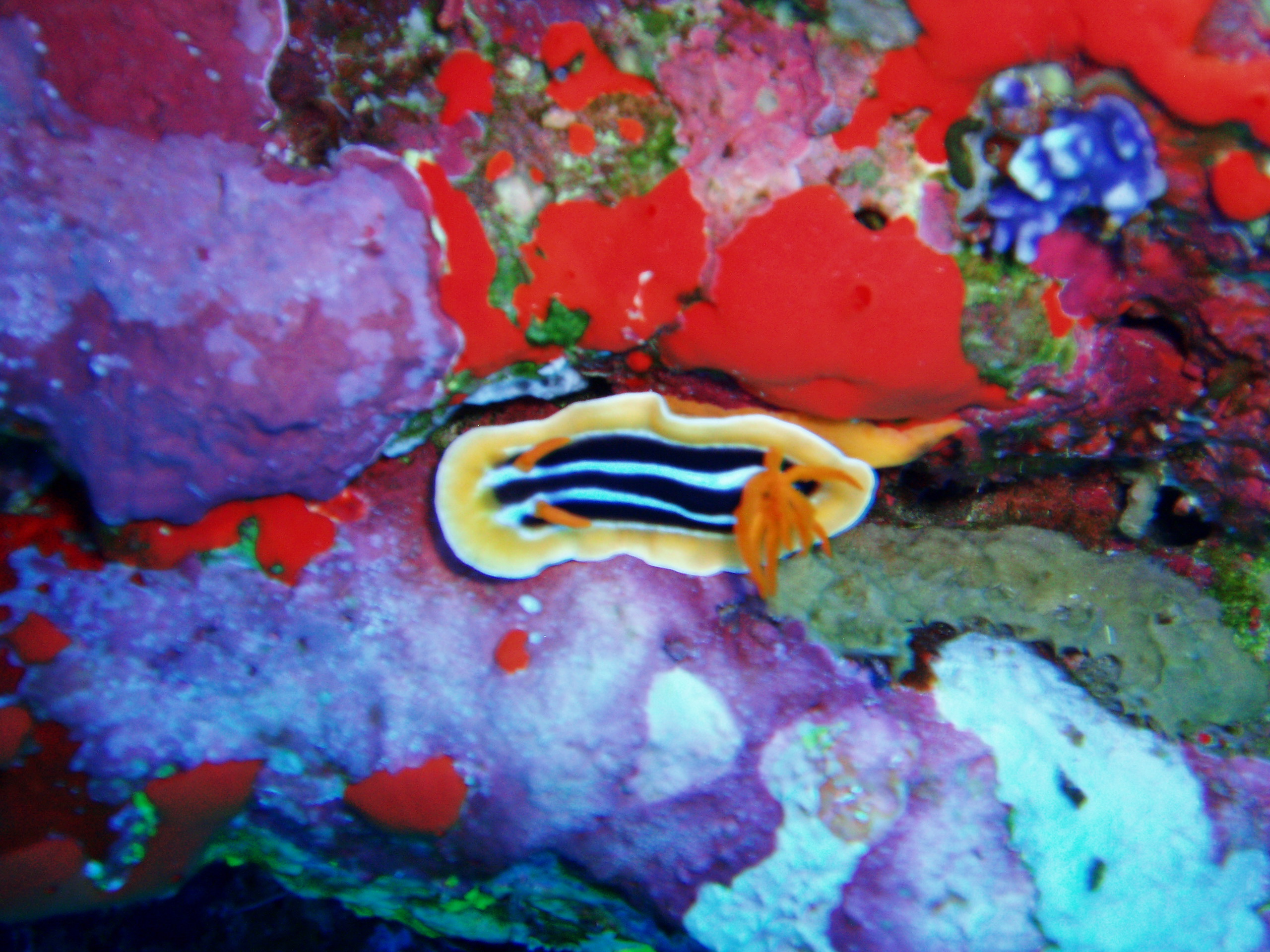
Photo: Caroline Albrecht
I remember waking up the following day and heading up to the top deck to see what Sudan looked like. A beautiful day greeted me with a stunning view of crystal clear waters with the occasional reef kissing the surface.
We soon passed a larger reef with some small fishing boats nearby and the rusting hulk of a ship that had inadvertently sailed too close. There was plenty of talk amongst us all about finally being in Sudanese waters and what to expect from the trip. Next stop was Port Sudan for more Customs admin before the trip really started…
My expectations and the reality of Port Sudan couldn’t have been further apart. I expected a shack office, a few boats moored up and a couple of Officials with guns. The reality is that Port Sudan can be seen from miles away, looming in the distance, with supply roads and infrastructure running along the coastline long before we arrived at the port.
Before the boat finally moored up in the area reserved for smaller marine vessels, we passed huge dry docks, cranes, container ships, a power plant and warehouses stretching our as far as the eye can see.

Photo: Caroline Albrecht
Finally mooring up, we waited for the Sudanese Officials to board the boat and stamp our passports. The boat refuelled and we all took the opportunity to take photos from the boat (we are not allowed on land) and watch as the life of Port Sudan passed by. We saw a modern infrastructure, brand new buildings and roads, modern cars and locals watching us with the same level of curiosity and fascination as we were watching them.
Once the boat was fully fuelled and all passports were stamped it was time to kit up for our first dive in Sudan: the wreck of the Umbria, lying just outside Port Sudan.
The Umbria was a WWII Italian transport vessel that was scuppered at the outset of the war by the Captain in order to prevent its cargo from falling into Allied hands. Despite the natural deterioration of the ship and its cargo, it is relatively intact, unlike the Thistlegorm which has fallen victim to far too many divers visiting it down the years.
In the holds divers can see piles of bullets, shells, bomb-making equipment, hundreds of wine bottles (sadly all empty!) and even three Fiat cars. We did two dives on the Umbria, one in the afternoon and a particularly memorable one at dusk that gave the boat a spectacular ghostly silhouette in the gloom.
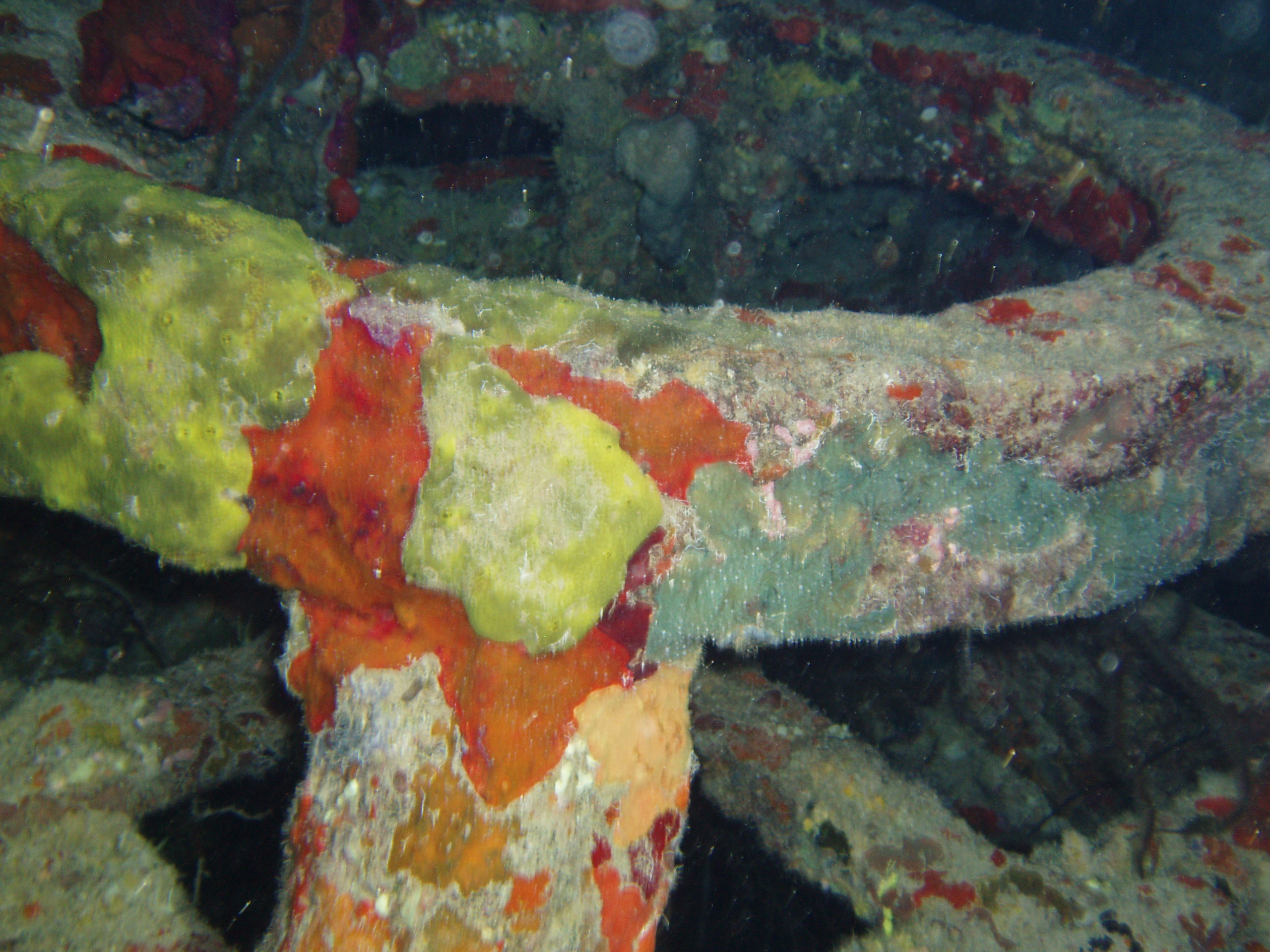
Photo: Caroline Albrecht
Excitement onboard was high as we all discussed our experience of the wreck, shared photos and looked forward to the next 11 days diving in Sudan…
There would be far more diving adventures over the next 11 days, and it would take just as long in describing how simply astonishing the dives were. However, to give you a flavour of how stunning the diving in Sudan is, here are some of my highlights:
My first experience of seeing a hammerhead shark was a huge let down. I had dreamed of diving with hammerhead sharks for years, and when the moment finally came it was a solitary shark. Sure, I was excited, but I felt short changed. Where were the schools that I had dreamed about? On the following dive my question was answered: we hit 30m, came off the reef and looked out into the blue. The Dive Guide started signalling hammerheads and we were joined by a huge school of hammerhead sharks: above us, below us, in the distance, right next to us: they were everywhere. We were all trying to look in every direction at once. When we got back on board my partner said it had been raining hammerhead sharks. We all knew what she meant. We dived with huge schools of hammerheads on many other occasions during the trip, and never got tired of it. Surely it’s impossible to tire of diving with huge schools of hammerheads?

Photo: Caroline Albrecht
At the end of an afternoon dive we were joined at the back of the boat by a dozen silky sharks. These inquisitive sharks kept swimming off and then back again, checking the divers out. Even more surreal was the night dive at the same site: a bit spooky as the silkies appeared out of the darkness as the torch beam hit them.
The self-obsessed turtle that swam right up to a diver’s camera as he was filming her. Whichever way he turned she turned with him, making sure that she could still see her reflection in the camera lens.
A night dive on Conshelf II – the underwater structures built by Jacques Cousteau in order to test how living under pressure affects humans. Diving around SCUBA history felt like we were diving in the footsteps (finsteps? finkicks?) of giants.
Visiting the massive lighthouse at Sanganeb that dominates the skyline for miles. It’s quite an ascent to the top, but the views were stunning and well worth the effort. The colours of the reef were breathtaking.
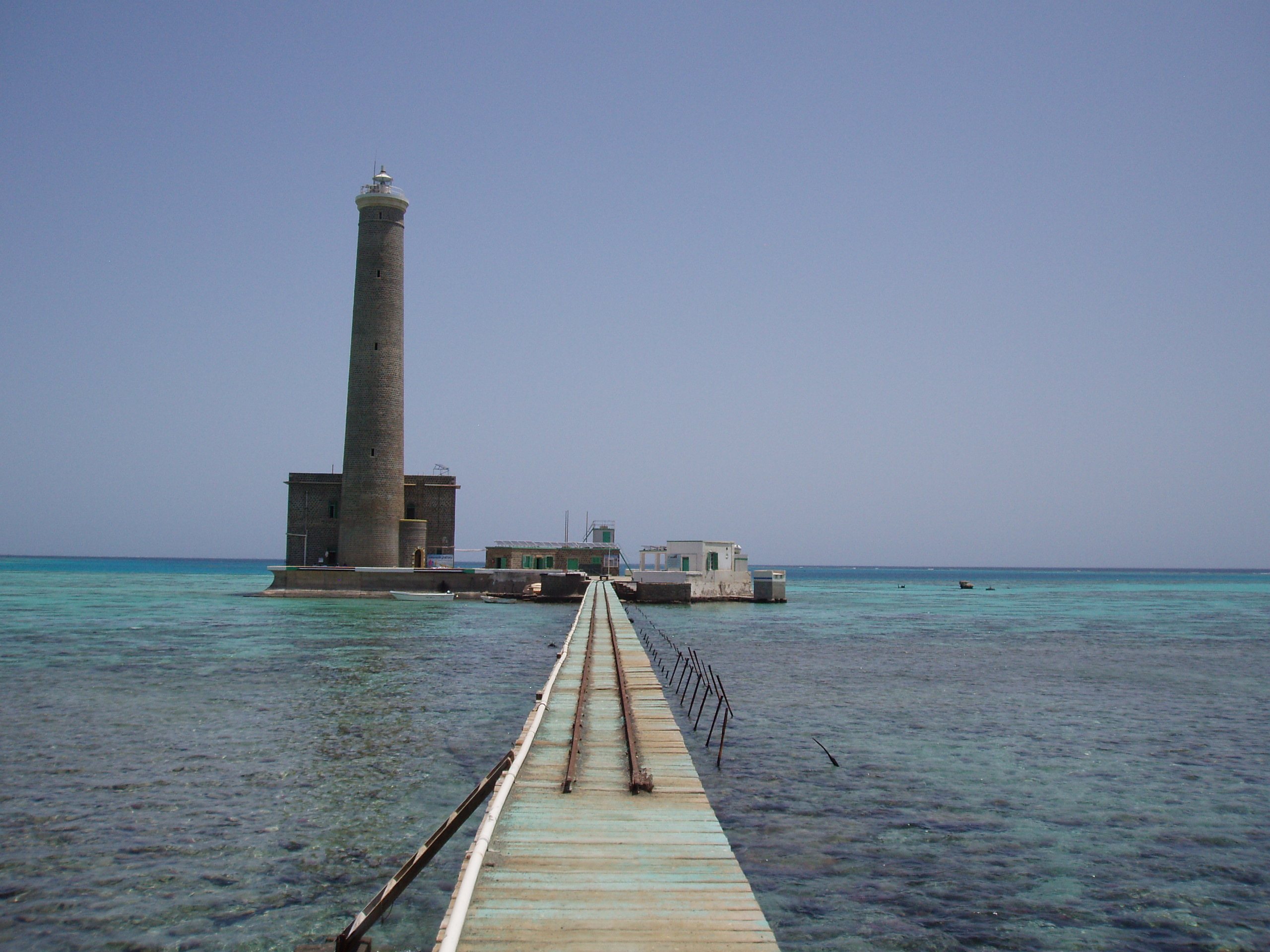
Photo: Caroline Albrecht
At this point I should give an honourable mention and huge thanks to the Dive Guides and Crew: all of whom went beyond the call of duty to make the trip a memorable one. Their knowledge, attention to detail, sense of fun, level of service, and kindness created the mood on the boat which we all benefited from as divers and guests.
The food was delicious and plentiful, with three main meals each day, plus tasty snacks waiting for us when we returned from the mid-afternoon dive. A bottle of red wine was provided for each table for the evening meal, with some of us (ahem!) benefitting from our neighbours not liking red wine. I’m not a huge fan, but was happy to compromise…
A delicious last night meal and celebrations were followed by the trip video: Roberto – one of the Dive Guides and resident videographer – took turns to dive with each of the three groups during the trip and compiled footage for each group to take home (supplements apply). So we all gathered together in the lounge to watch each group’s movie and share in the banter of some of the funnier moments.
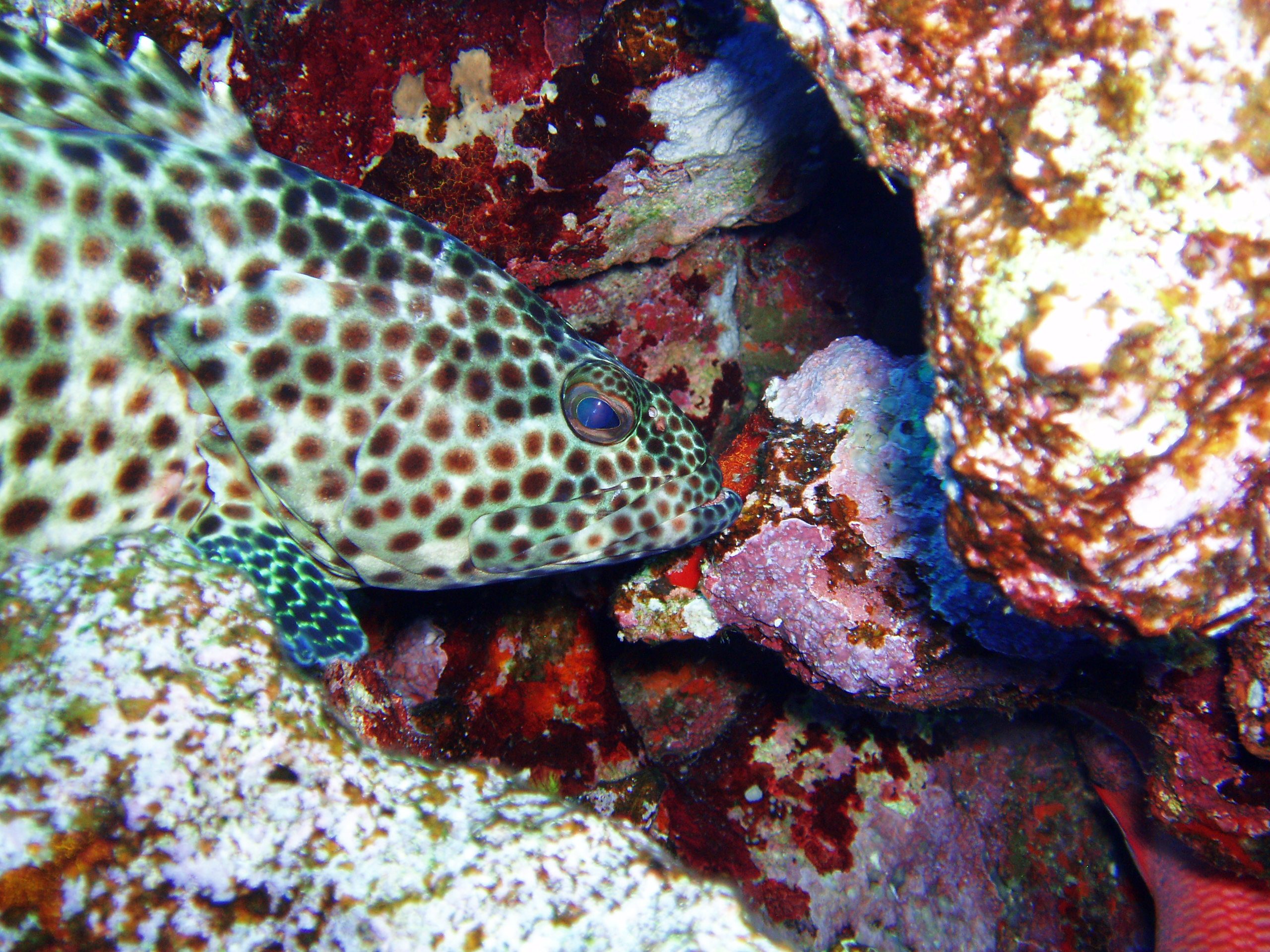
Photo: Caroline Albrecht
It all finished far too soon back at Port Ghalib the following morning, when we passed through Egyptian customs once more, before returning to our hotel for the day to relax and buy some souvenirs, before flying out that evening.
There was so much more that happened, so much more to tell, but if you really want to find out more about Royal Evolution and Sudan do give Nigel a call, or better still book a trip to go yourself. What are you waiting for?
Nigel enjoyed a liveaboard trip aboard Royal Evolution, a 39m vessel designed by divers, for divers. Royal Evolution was the first boat with permission to operate this itinerary to Sudan departing from Egypt. An extremely stable vessel, Royal Evolution is well equipped for the distance.
This high level of comfort, combined with access to the best that the Red Sea has to offer, makes this a compelling choice for divers. Royal Evolution offers roomy sun decks with plenty of space and choice of seating for relaxing, in or out of the sun.
To find out more, call the Regaldive team on 01353 659999 or visit Royal Evolution.
Blogs
Northern Red Sea Reefs and Wrecks Trip Report, Part 3: The Mighty Thistlegorm

Jake Davies boards Ghazala Explorer for an unforgettable Red Sea diving experience…
Overnight, the wind picked up, making the planned morning dive a bit bumpy on the Zodiacs to the drop point on Thomas Reef. There, we would dive along the reef before descending through the canyon and then passing under the arch before ascending the wall with a gentle drift. The site provided great encounters with more pelagic species, including shoals of large barracuda, tuna, and bigeye trevally.
Once back on the boat, it was time to get everything tied down again as we would head back south. This time, with the wind behind us, heading to Ras Mohammed to dive Jackfish Alley for another great gentle drift wall dive before then heading up the coast towards the Gulf of Suez to moor up at the wreck of the Thistlegorm. This being the highlight wreck dive of the trip and for many onboard, including myself, it was the first time diving this iconic wreck. I had heard so much about the wreck from friends, and globally, this is a must on any diver’s list. Fortunately for us, there was only one other boat at the site, which was a rarity. A great briefing was delivered by Ahmed, who provided a detailed background about the wreck’s history along with all the required safety information as the currents and visibility at the site can be variable.

Kitting up, there was a lot of excitement on deck before entering the water and heading down the shoreline. Descending to the wreck, there was a light northerly current which reduced the visibility, making it feel more like the conditions that can be found off the Welsh coast. At 10m from the bottom, the outline of the wreck appeared as we reached the area of the wreck which had been bombed, as our mooring line was attached to part of the propeller shaft. Arriving on deck, instantly everywhere you looked there were many of the supplies which the ship was carrying, including Bren Carrier tanks and projectiles that instantly stood out.

We headed around the exterior, taking a look at the large propeller and guns mounted on deck before entering the wreck on the port side to take a look in the holds. It was incredible to see all the trucks, Norton 16H, and BSA motorcycles still perfectly stacked within, providing a real snapshot in time.

Overall, we had four dives on the Thistlegorm, where for all of the dives we were the only group in the water, and at times, there were just three of us on the whole wreck, which made it even more special, especially knowing that most days the wreck has hundreds of divers. Along with the history of the wreck, there was plenty of marine life on the wreck and around, from big green turtles to batfish, along with shoals of mackerel being hunted by trevally. Some unforgettable dives.

The final leg of the trip saw us cross back over the Suez Canal to the Gobal Islands where we planned to stay the night and do three dives at the Dolphin House for the potential of sharing the dive with dolphins. The site, which included a channel that was teeming with reef fish, especially large numbers of goatfish that swam in large shoals along the edge of the reef. These were nice relaxing dives to end the week. Unfortunately, the dolphins didn’t show up, which was okay as like all marine life they are difficult to predict and you can’t guarantee what’s going to be seen. With the last dive complete, we headed back to port for the final night where it was time to clean all the kit and pack before the departure flight the next day.

The whole week from start to finish on Ghazala Explorer was amazing; the boat had all the facilities you need for a comfortable week aboard. The crew were always there to help throughout the day and the chefs providing top quality food which was required after every dive. The itinerary providing some of the best diving with a nice mixture of wreck and reef dives. I would recommend the trip to anyone, whether it’s your first Red Sea liveaboard in the Red Sea or you’re revisiting. Hopefully, it’s not too long before I head back to explore more of the Red Sea onboard Ghazala Explorer.

To find out more about the Northern Red Sea reef and wrecks itineraries aboard Ghazala Explorer, or to book, contact Scuba Travel now:
Email: dive@scubatravel.com
Tel: +44 (0)1483 411590
Photos: Jake Davies / Avalon.Red
Blogs
Northern Red Sea Reefs and Wrecks Trip Report, Part 2: Wall to Wall Wrecks

Jake Davies boards Ghazala Explorer for an unforgettable Red Sea diving experience…
The second day’s diving was a day full of wreck diving at Abu Nuhas, which included the Chrisoula K, Carnatic, and Ghiannis D. The first dive of the day was onto the Chrisoula K, also known as the wreck of tiles. The 98m vessel remains largely intact where she was loaded with tiles which can be seen throughout the hold. The stern sits at 26m and the bow just below the surface. One of the highlights of the wreck is heading inside and seeing the workroom where the machinery used for cutting the tiles are perfectly intact. The bow provided some relaxing scenery as the bright sunlight highlighted the colours of the soft coral reef and the many reef fish.

Following breakfast, we then headed to the next wreck, which was the Carnatic. The Carnatic is an 89.9m sail steamer vessel that was built in Britain back in 1862. She ran aground on the reef back in 1869 and remains at 27m. At the time, she was carrying a range of items, including 40,000 sterling in gold. An impressive wreck where much of the superstructure remains, and the two large masts lay on the seafloor. The wooden ribs of the hull provide structures for lots of soft corals, and into the stern section, the light beams through, bouncing off the large shoals of glass fish that can be found using the structure as shelter from the larger predators that are found outside of the wreck.

The final wreck at Abu Nuhas was the Ghiannis D, originally called ‘Shoyo Maru,’ which was 99.5m long and built in Japan back in 1969 before becoming a Greek-registered cargo ship in 1980. The ship then ran aground on the reef on April 19th, 1983, and now sits at the bottom at a depth of 27m. Heading down the line, the stern of the ship remains in good condition compared to the rest of the hull. The highlight of the wreck, though, is heading into the stern section and down the flights of stairs to enter the engine room, which remains in good condition and is definitely worth exploring. After exploring the interior section of the ship, we then headed over to see the rest of the superstructure, where it’s particularly interesting to see the large table corals that have grown at the bow relatively quickly considering the date the ship sank. After surfacing and enjoying some afternoon snacks, we made sure everything was strapped down and secured as we would be heading north and crossing the Gulf of Suez, where the winds were still creating plenty of chop.

The next morning, it was a short hop to Ras Mohammed Nature Reserve for the next couple of days of diving. The 6am wake-up call came along with the briefing for the first site we would be diving, which was Shark & Yolanda. The low current conditions allowed us to start the dive at Anemone City, where we would drift along the steep, coral-filled wall. These dives involved drifts, as mooring in Ras Mohammed wasn’t allowed to protect the reefs. As a dive site, Shark & Yolanda is well-known and historically had a lot of sharks, but unfortunately not so many in recent years, especially not so early in the season. However, there was always a chance when looking out into the blue.

The gentle drift took us along the steep walls of the site, with plenty of anemone fish to be seen and a huge variety of corals. It wasn’t long into the dive before we were accompanied by a hawksbill turtle, who drifted with us between the two atolls before parting ways. Between the two reefs, the shallow patch with parts of coral heads surrounded by sand provided the chance to see a few blue-spotted stingrays that were mainly resting underneath the corals and are always a pleasure to see. With this being the morning dive, the early sunlight lit up the walls, providing tranquil moments. Looking out into the blue, there was very little to be seen, but a small shoal of batfish shimmering underneath the sunlight was a moment to capture as we watched them swim by as they watched us.

Towards the end of the dive, we stopped at the wreck of the Jolanda where the seafloor was scattered with toilets from the containers it was carrying. This provided a unique site to make a safety stop, which was also accompanied by a large barracuda slowly swimming by, along with a hawksbill turtle calmly swimming over the reef as the sun rays danced in the distance.
For the next dive, we headed north to the Strait of Tiran to explore the reefs situated between Tiran Island and Sharm El Sheik, which were named after the British divers who had found them. We started on Jackson before heading to Gordons Reef, where we also did the night dive. All the atolls at these sites provided stunning, bustling coral reefs close to the surface and steep walls to swim along, which always provided the opportunity to keep an eye out for some of the larger species that can be seen in the blue. Midwater around Jackson Reef was filled with red-toothed triggerfish and shoals of banner fish, which at times were so dense that you couldn’t see into the blue. Moments went by peacefully as we enjoyed the slow drift above the reef, watching these shoals swim around under the mid-afternoon sun.

The night dive at Gordon’s Reef was mainly among the stacks of corals surrounded by sand, which was great to explore under the darkness. After some time circling the corals, we came across what we were really hoping to find, and that was an octopus hunting on the reef. We spent the majority of the dive just watching it crawl among the reef, blending into its changing surroundings through changes in colour and skin texture. It’s always so fascinating and captivating to watch these incredibly intelligent animals, in awe of their ability to carry out these physical changes to perfectly blend into the reef. Before we knew it, it was time to head back to the boat to enjoy a well-deserved tasty dinner prepared by the talented chefs onboard.
Check in for the 3rd and final part of this series from Jake tomorrow!
To find out more about the Northern Red Sea reef and wrecks itineraries aboard Ghazala Explorer, or to book, contact Scuba Travel now:
Email: dive@scubatravel.com
Tel: +44 (0)1483 411590
Photos: Jake Davies / Avalon.Red
-

 News3 months ago
News3 months agoHone your underwater photography skills with Alphamarine Photography at Red Sea Diving Safari in March
-

 News3 months ago
News3 months agoCapturing Critters in Lembeh Underwater Photography Workshop 2024: Event Roundup
-

 Marine Life & Conservation Blogs2 months ago
Marine Life & Conservation Blogs2 months agoCreature Feature: Swell Sharks
-

 Blogs2 months ago
Blogs2 months agoMurex Resorts: Passport to Paradise!
-

 Blogs2 months ago
Blogs2 months agoDiver Discovering Whale Skeletons Beneath Ice Judged World’s Best Underwater Photograph
-

 Gear Reviews3 months ago
Gear Reviews3 months agoGear Review: Oceanic+ Dive Housing for iPhone
-

 Marine Life & Conservation2 months ago
Marine Life & Conservation2 months agoSave the Manatee Club launches brand new webcams at Silver Springs State Park, Florida
-

 News3 months ago
News3 months agoWorld’s Best Underwater Photographers Unveil Breathtaking Images at World Shootout 2023
















